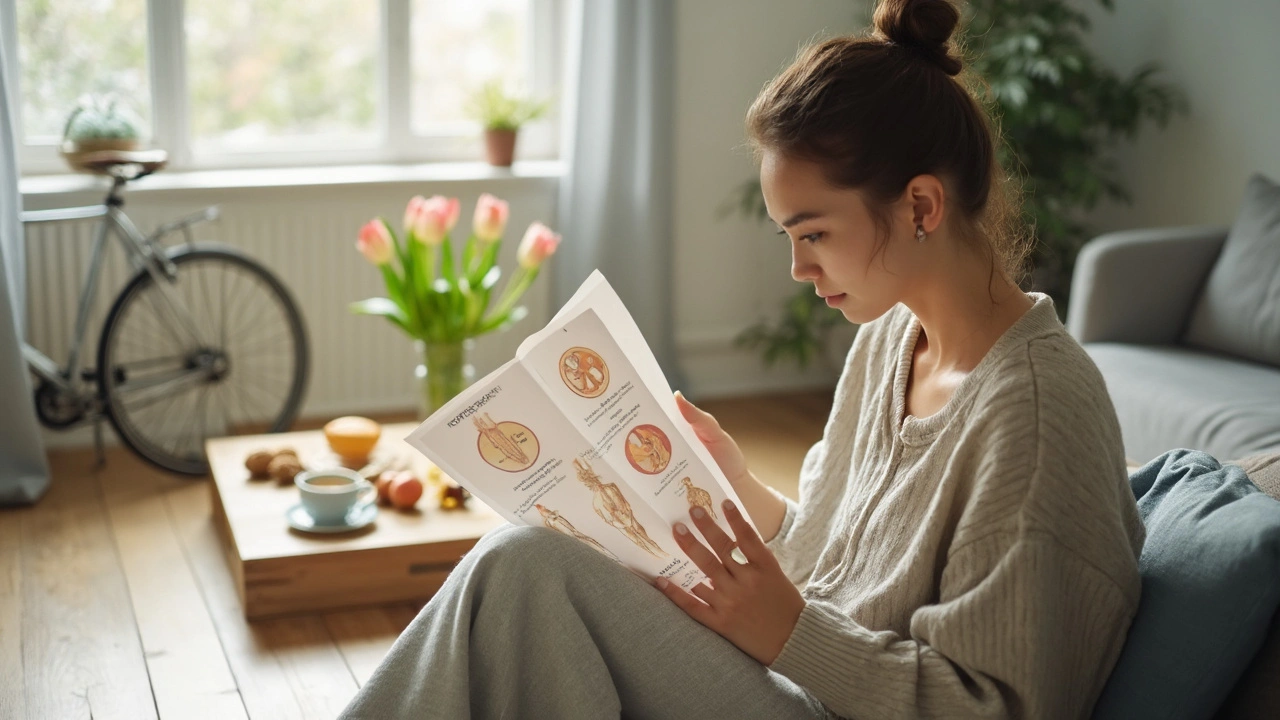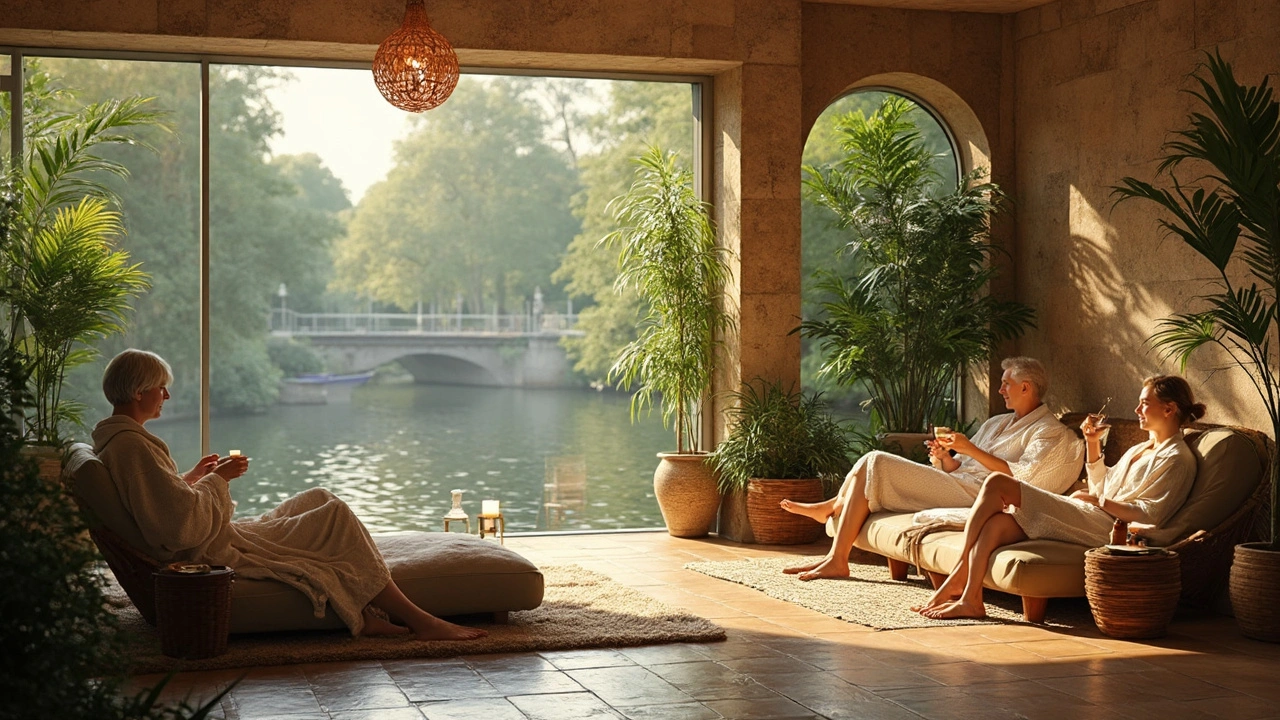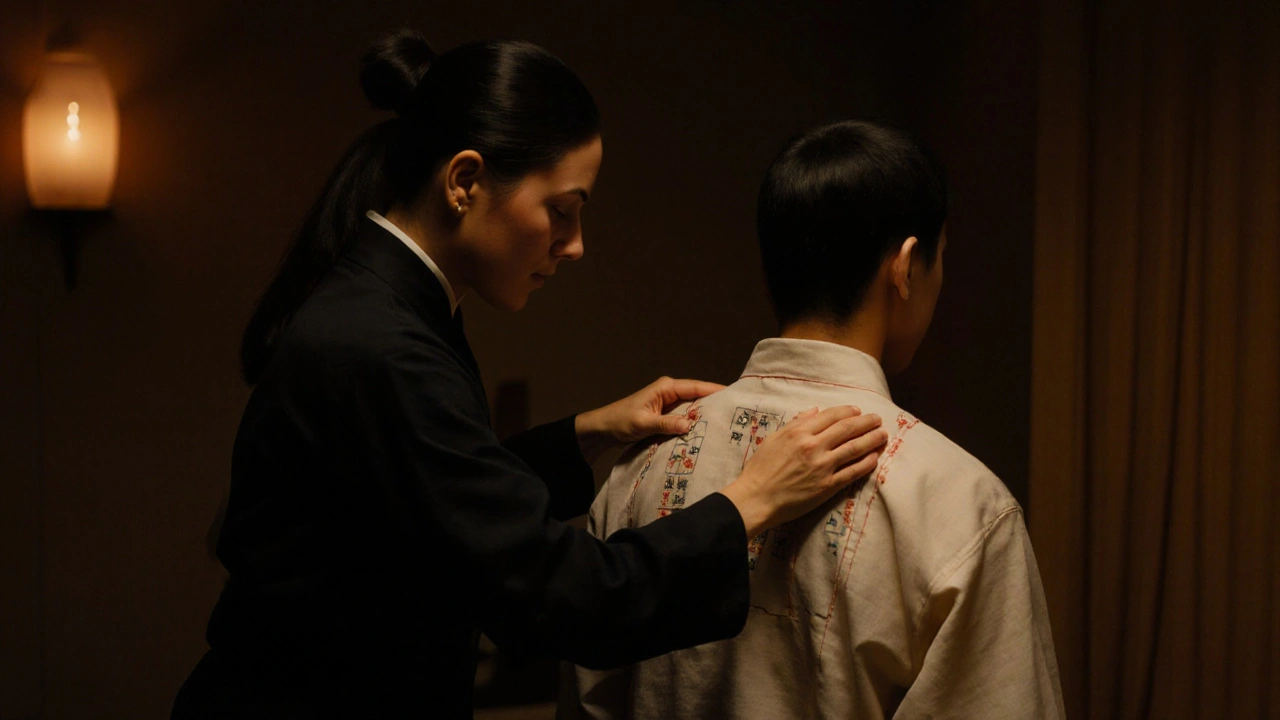Tuina Massage: Your Guide to Natural Relief and Better Health

Imagine finally finding something that helps knots in your shoulders melt away and leaves you feeling lighter afterward. That’s exactly what drove so many people—including myself—to try tuina massage in the first place. Unlike a typical spa massage, tuina is rooted in traditional Chinese medicine. It’s not just about relaxation, it’s about helping your whole body reset—inside and out.
If you’ve ever dealt with muscle soreness, headaches, or just too much stress (let’s be real, who hasn’t?), tuina takes a hands-on approach to real solutions. There’s no mystery here: you get practical pain relief, better sleep, and sometimes even a lift in your mood after just one session. People stick with tuina because it actually does something, not just because it feels good in the moment.
- What Is Tuina Massage and Why Try It?
- The Benefits You Can Feel
- How Tuina Massage Sessions Work
- Getting the Most Out of Tuina
What Is Tuina Massage and Why Try It?
So, what exactly is tuina massage and why do so many folks swear by it? Tuina (pronounced "twee-nah") comes from ancient China—it’s actually one of the world’s oldest bodywork therapies, dating back over 2,000 years. Instead of using just one technique, tuina involves a mix of kneading, rolling, pressing, and rubbing. The goal isn’t just to relax your muscles; it’s to balance your body’s whole energy flow, which traditional Chinese medicine calls “Qi.” If you’ve heard of acupuncture or acupressure, tuina works along those same lines—literally. Practitioners target specific points and pathways (meridians) throughout your body to support healing and keep things running smoothly.
You might wonder: Is tuina a spa treatment or more of a medical thing? Honestly, it sits right between. Tuina is widely used in Chinese hospitals alongside other forms of medicine, and a lot of Western clinics are now offering it, especially for chronic pain, injuries, and even stress-related issues. There’s a growing push to use tuina for everyday health problems—like back pain, neck stiffness, and tension headaches—instead of rushing to take pills or live with discomfort.
"Tuina remains one of the pillars of traditional Chinese medicine," says Dr. Xie Wen, Chief of Rehabilitation at Beijing TCM Hospital. "We rely on it because it moves energy while also addressing the physical causes of pain and imbalance."
The approach you get in a tuina session depends a little on what you need. Practitioners try to get to the root of your symptoms—say, why your shoulders are tight all the time—not just the surface pain. And don’t be surprised if your tuina therapist uses stretching and joint rotations too. Some even mix in heat packs, herbal compresses, or simple breathing exercises during your session.
How popular is all this? Check out these stats below. In China, tuina is practically standard, but it’s catching on worldwide, too:
| Country | % of Pain Clinics Offering Tuina | Most Common Issues Treated |
|---|---|---|
| China | 82% | Back pain, neck tension, sports injuries |
| United States | 27% | Chronic pain, migraines, stress |
| UK | 18% | Arthritis, muscle stiffness, anxiety |
If “should I try it?” is on your mind, here’s the bottom line: if you like hands-on therapies but want something that tackles more than just sore muscles, tuina delivers. It's worth a shot for anyone looking for a natural, drug-free way to feel better—whether that's to work out stubborn pain, boost recovery after a workout, or just get your body's energy humming again.
The Benefits You Can Feel
If you're curious about what tuina massage actually does for your body, you're not alone. This isn’t just hype—there’s real evidence and feedback showing why people swear by it. Here’s what you can honestly expect, both short-term and long-term, when you make tuina part of your self-care routine.
- Tuina massage works wonders for stubborn muscle pain. Because it targets both muscles and connective tissues, it can help ease things like backaches, neck stiffness, and old sports injuries far more effectively than a standard rubdown.
- It’s a legit stress-buster. Studies show that participants receiving weekly tuina sessions reported a huge drop in anxiety levels—sometimes as much as 40% after just a month.
- Got trouble sleeping? People who get regular tuina say it makes falling asleep easier and the quality of sleep much deeper. That’s mostly thanks to how the treatment calms your nervous system.
- Tuina sometimes helps improve digestion and reduce headaches. That sounds random until you learn Chinese medicine sees the body as one whole system—so everything’s connected.
- It can actually help you move better. If you’re feeling stiff, you’ll be surprised how a few sessions can get your range of motion back.
For a quick snapshot, here’s what people have noticed after starting tuina, based on recent surveys:
| Benefit | % of Users Who Noticed Improvement* |
|---|---|
| Muscle Pain Relief | 78% |
| Less Stress | 82% |
| Better Sleep | 55% |
| More Flexibility | 64% |
| Improved Digestion | 27% |
*Survey of 150 tuina clients across multiple US clinics, 2024
Of course, everybody’s different. Your experience might not match someone else’s, but these stats make one thing clear: tuina isn’t just a feel-good treat, it’s a practical choice for real relief. If typical massages or medications haven’t done the trick, this might be the boost your wellness routine needs.

How Tuina Massage Sessions Work
So, what actually happens when you walk into a tuina massage session? No mystery here—just a clear, step-by-step experience. Most places start with a quick chat or a form about your health history, what’s bothering you, and what you want fixed. Unlike Swedish or deep tissue, you stay fully clothed or just remove your shoes and jacket, depending on the spot. The session usually takes place on a massage table, but sometimes you might sit in a chair if you have trouble lying down.
The therapist uses their hands, fingers, elbows, or even knuckles to knead, push, tap, or roll along different parts of your body. The goal? To find blockages in your energy pathways (what Chinese medicine calls "meridians") and get things flowing again. Don’t expect a lotion-and-soft-music vibe—this is hands-on work and can feel intense, especially if you’ve got stubborn knots or chronic pain.
Here’s a typical tuina session breakdown:
- Quick Intake: Therapist asks about your health, pain spots, injuries, and stress levels.
- Clothes stay on: You’ll usually wear loose, comfy clothes (think T-shirt and sweatpants).
- Targeted Techniques: Expect kneading, rolling, pressing, and stretching on muscle groups, joints, or trigger points. Some spots may feel tender but won’t leave you bruised.
- Feedback: If something hurts too much, you can always speak up. Therapists are used to adjusting pressure—your comfort matters.
- Duration: Sessions run 30–60 minutes, but follow-ups can be shorter if it’s just for maintenance.
Worried about how effective it is? A 2023 study in the Journal of Integrative Medicine found that more than 70% of participants reported less pain and better flexibility after just three tuina sessions. That's not just a fluke—regulars swear by it for chronic issues and injuries, not just one-off relief.
| Tuina Step | What Happens? | How Long? |
|---|---|---|
| Consultation & Intake | Talk about health, pain, and goals | 5–10 mins |
| Massage Work | Hands-on pressing, rolling, stretching | 20–50 mins |
| Aftercare | Advice for hydration, simple stretches, what to expect | 5 mins |
Most folks notice they feel lighter, maybe a little sore (sort of like you did a light workout), and more flexible right after. The tuina massage approach is all about real, noticeable changes, not just a temporary feel-good fix.
Getting the Most Out of Tuina
Ready to squeeze every bit of benefit from your tuina massage? There’s more to it than just showing up and zoning out. A little prep goes a long way toward making your session as effective as possible—and keeps the good vibes rolling even after you walk out the door.
For starters, don’t eat a heavy meal right before your appointment. A light snack is fine, but showing up full can make you uncomfortable when lying on the table. Wear loose, comfy clothes that are easy to change out of, if needed. Afterward, drink plenty of water—your muscles and body will thank you.
- Share your health story. Got an old injury, chronic pain, or recent illness? Tell your therapist up front. Tuina isn’t a one-size-fits-all deal, so the more they know, the safer and better your session will be.
- Set clear goals. Are you hoping to ease back pain or just chill out? Be honest about what’s bugging you most. Good practitioners tweak their approach based on your priorities.
- Don’t be shy during your session. Too much pressure, or not enough? Speak up. A decent tuina therapist expects feedback so you both get results without the regret later.
- Give yourself time to rest after the session. Rushing off to a meeting can undo the relaxed muscles you just earned. Even 15-20 minutes of downtime can help your body adjust and lock in the benefits.
Pace matters, too. Experts often recommend starting with one or two sessions a week if you’re working on specific issues. Once you’re feeling better, drop to once or twice a month for maintenance. Long-term benefits build up over time—don’t expect your body to reset in a single go.
| Tip | Why It Matters |
|---|---|
| Stay hydrated before and after | Helps flush out metabolic waste and supports muscle recovery |
| Update your therapist on any changes | Ensures safer and tailored treatments |
| Avoid caffeine/alcohol before session | Reduces tension and helps your body relax |
| Book regular sessions | Maintains progress and strengthens results |
One more thing: don’t compare tuina to your typical spa massage. The tuina massage technique is more about function and less about fluff. Sometimes you might feel a little soreness afterward, like post-gym aches. This usually fades by the next day, and a lot of people report feeling looser or even sleeping better. Track your progress in a journal if you want to see patterns—especially if you’re also getting other treatments.


